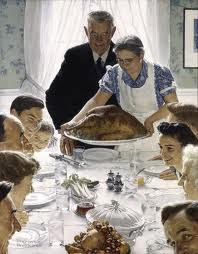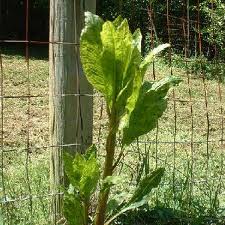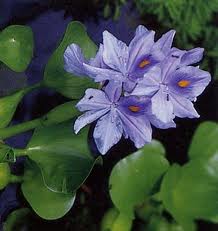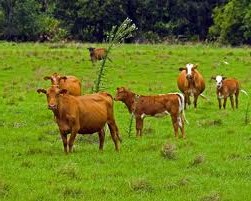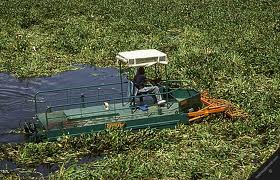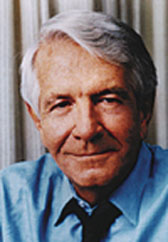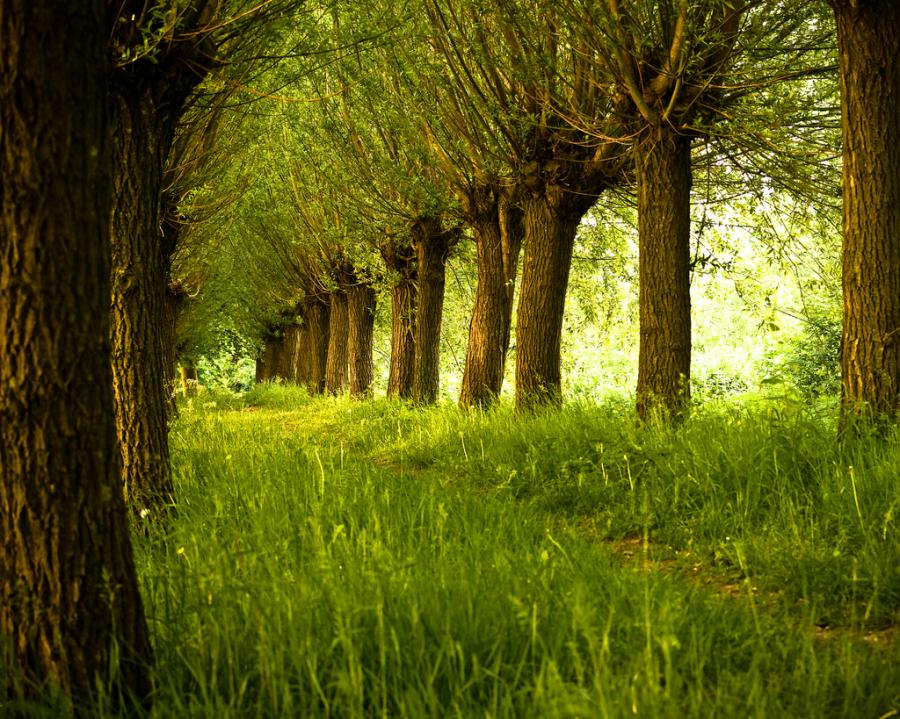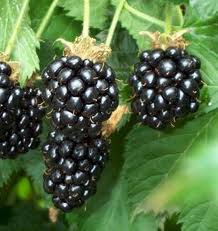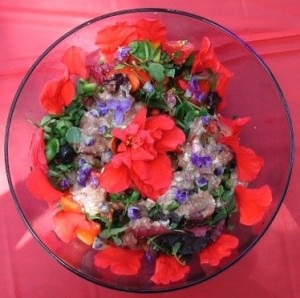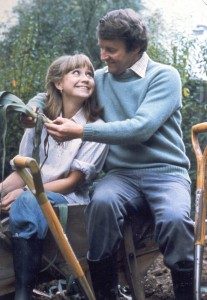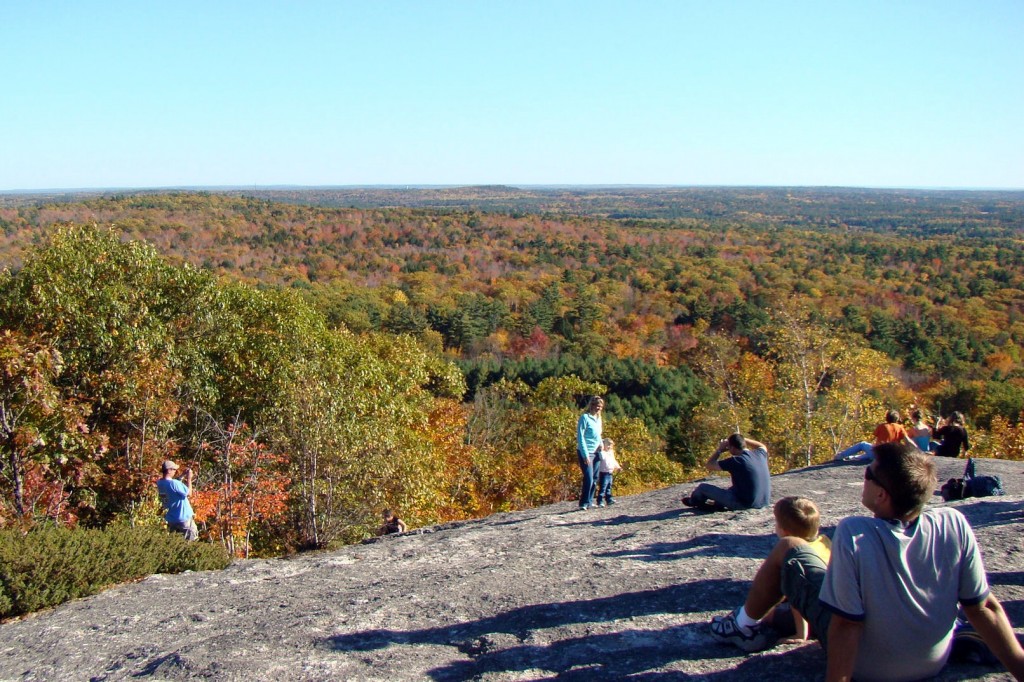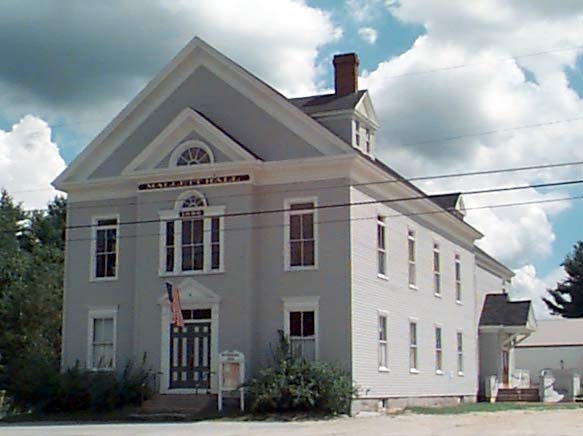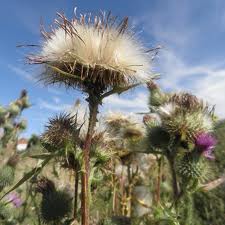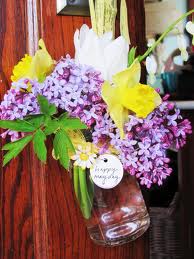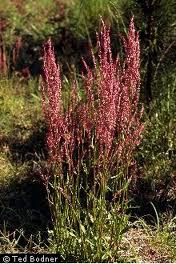One of the reasons why Eat The Weeds exists is to advocate eating the wild foods around you but also to be another voice in the growing chorus that is suggesting the way we eat nowadays is not healthy. That would include being critical of a lot of doctors who are wrong about nutrition.
This author follows two mottos: One is eat like your great grandmother ate, that is, if your great grandmother would not recognize it as food, don’t eat it (this would apply to most of the chemicals on the ingredient list after salt and sugar.) The other motto is trust the cow, not the chemist. It is this author’s studied view that much of the heart disease, diabetes and certain cancers are a directly linked to the chemist being invited into the commercial kitchen. So I eat cheese not processed cheese food, a balanced wholesome meal, not a prepackaged, pop into the microwave repast.
This is not to say wild foods are entirely safe. There is usually a reason why a wild food is not mainstream. Sometimes it is transportation and storage issues, as with loquats or pindo palm fruit. Other times, it is legally just too risky. Pokeweed is an example of a tasty food that several states and private concerns have tried unsuccessfully to make mainstream and on your grocer’s produce shelves. The fine botanical print about ending up in the hospital if you cook it wrong is a set back, especially to anyone under 40, almost none of whom cook any more, which is why there is so much already-cooked food as so called grocery stores. I will admit the first time I collected pokeweed on my own, cooked it and took a swallow, it was a brave step. Today’s consumers won’t go near pokeweed unless society breaks down completely and it’s eat pokeweed or starve.
So this writer thinks in alternative foods, and is not a fan of the food or medical community that takes poor studies for gospel and doesn’t change their ways until long after bad advice becomes a health epidemic or medical dogma. But then there is my cat.
If you’ve wandered around the site or my videos you’ve seen Oliver Whitecat, my quality control expert and supervisor. He came into my life by accident at the age of six weeks and has turned into a cat-of-a-lifetime. He is bright, playful, loyal, sweet, sassy, and thinks. And like most cats, he has his dietary yea’s and nay’s. If it flies he likes it, raw or cooked. If it swims and is cooked he likes it. Sushi is not on his list of hit parade foods. Shrimp anyway is definitely no. Food from four feet is hit or miss. Pig yes, lamb no. Beef maybe. Squirrel yes, deer yes, goat maybe… depends on the sauce. But all of that got me to thinking….
Most of the foods Ollie likes he wouldn’t have, despited his brilliance and resourcefulness, a chance in hell catching. Deer is absolutely on the top of his list. When is a 13-pound cat ever going to catch a deer? Deer is not what HIS great grandmother ate. And cooked fish….can’t see that turing up on any feral cat’s menu either. Bird is a given, squirrel if he’s lucky. But goat and beef? Cow and cat just ain’t in the same league.
Then I look at his cat food, the kind he gets daily. It has nothing to do with him as a cat: Seafood platter, Turkey with giblet gravy, savory beef marinade. Heck, it makes me hungry but there is no way his great grandmother cat or 20th great grandmother cat ate cooked seafood, caught turkey with gravy or even dreamed of savory beef marinade.
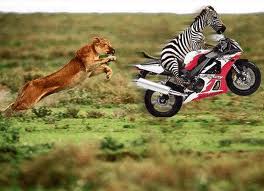 On the other hand he is not a vegetarian. Rice and textured vegetable protein gravy does not a healthy cat make. I think we need a new line of cat food: Bird bisque, rodent roast, insect snacks, Warmed Up Hairball… those are more in keeping with how his great grandmother cat ate…. So how can I justify him eating deer, something that clearly in not in his natural diet? Well, his larger relatives do so maybe he would if he could.
On the other hand he is not a vegetarian. Rice and textured vegetable protein gravy does not a healthy cat make. I think we need a new line of cat food: Bird bisque, rodent roast, insect snacks, Warmed Up Hairball… those are more in keeping with how his great grandmother cat ate…. So how can I justify him eating deer, something that clearly in not in his natural diet? Well, his larger relatives do so maybe he would if he could.
We’ve all seen the scrub brush video of some wild cat running down some speedy prey only to be supper in the end. Oliver does that, with lizards and occasional cockroaches. They really don’t stand a chance. I think he even enjoys the crunch. So I will continue to give my little lion what some of his big brethren eat… and just be glad I’m not the size of a mouse.

